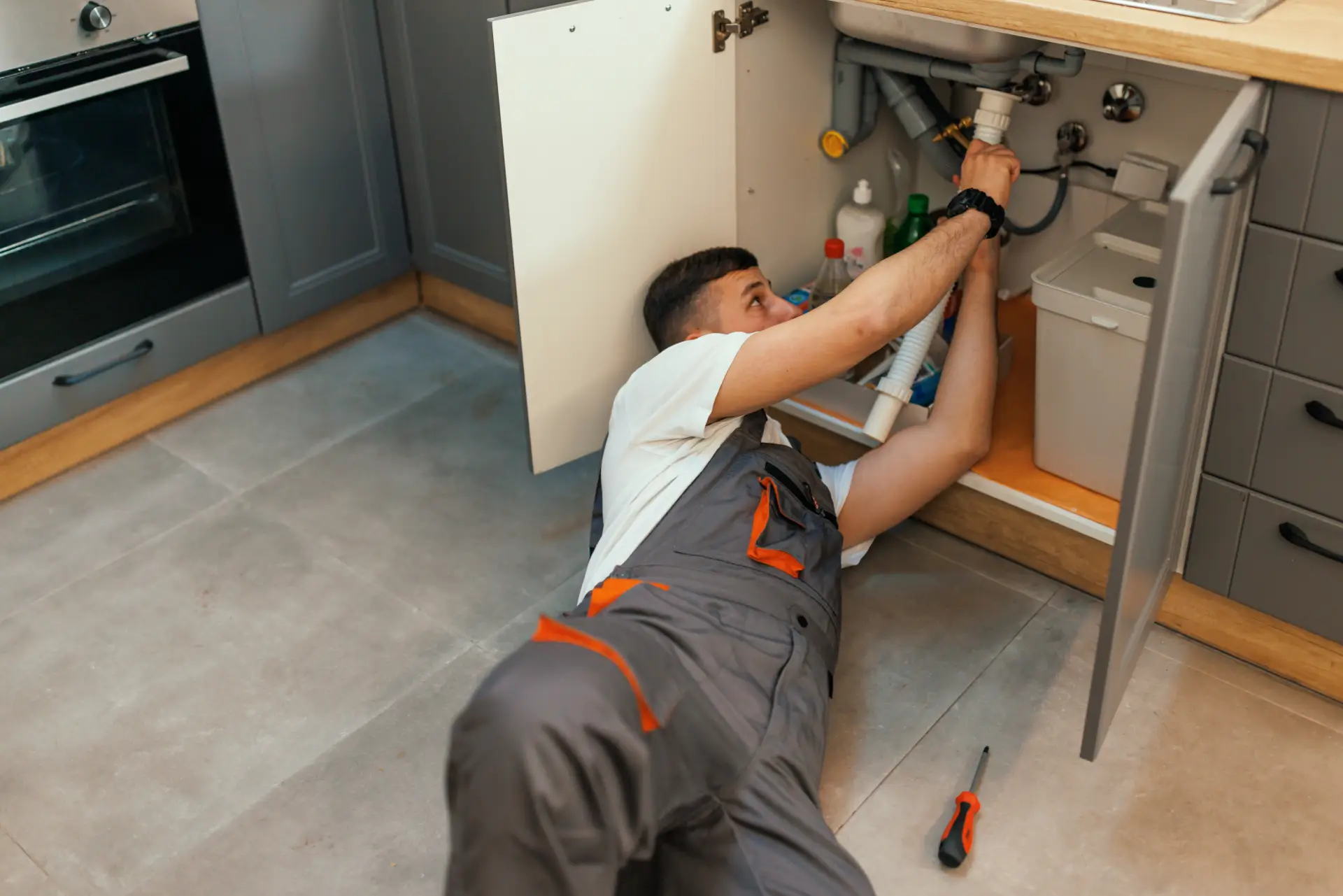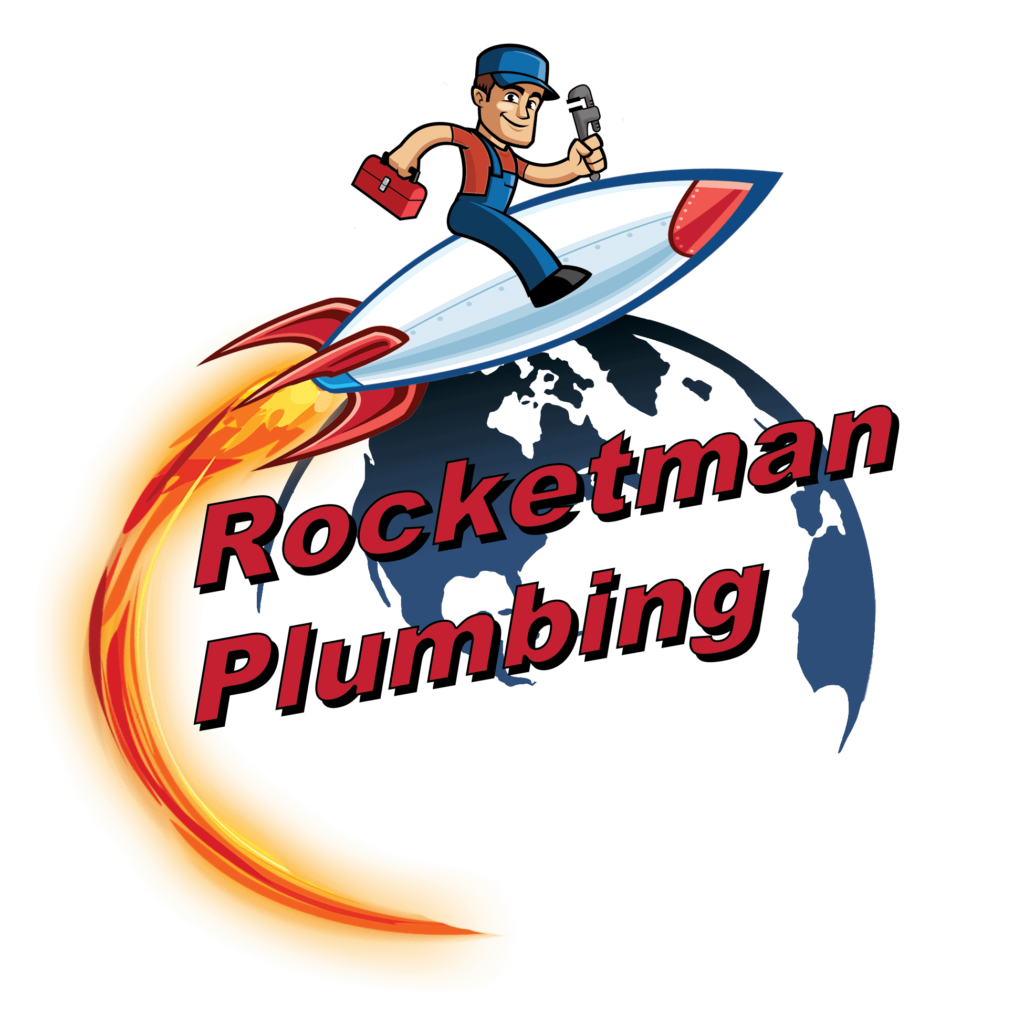
When it comes to plumbing problems, a slow leak might seem like a minor inconvenience. It’s just a quiet drip here or a damp spot there. What’s the harm?
The truth is, a slow leak can be just as destructive, if not more, than a burst pipe or a sudden flood. Left unchecked, it can cause thousands of dollars in damage, weaken your home’s structure, and lead to serious health risks like mold. As the saying goes, slow and steady wins the race. But in this case, that race ends with major repairs and costly restoration.
The Danger of Slow Leaks in Your Home
Slow leaks are especially insidious because they operate behind the scenes, quietly causing damage while everything seems fine on the surface. But that couldn’t be further from the truth.
Moisture from a slow leak can spread far from its source, often soaking into hidden areas like framing, subflooring, or behind walls. This trapped moisture often goes undetected until the damage is widespread, and by then, the cost to repair it can be significant.
Worse, many homeowners insurance policies won’t cover the cost if the leak is considered long-term or due to neglect. That’s why as soon as you see or hear signs of a leak, call a plumber and get it inspected. It could be the difference between a quick repair and thousands in out-of-pocket costs.
Common Places for Slow Leaks
Slow leaks tend to strike the same vulnerable spots throughout the home. Here’s where they usually appear, and where they like to hide:
- Under sinks and kitchen faucets: Leaky supply lines or drain pipes can go unnoticed for weeks inside cabinets.
- Toilets and showers: A loose seal, worn wax ring (the rubber gasket under the toilet that prevents leaks), or cracked tile grout can allow water to seep under the floor or behind walls.
- Water heaters and boilers: Slow leaks from aging units can pool gradually and damage surrounding areas.
- Dishwashers and washing machines: Hoses, valves, or door seals can leak under or behind these appliances.
- Walls and ceilings: Leaks from upstairs bathrooms or faulty pipe joints may stay hidden until a stain appears.
- Attics and roofs: Damaged roof flashing or shingles can let rainwater seep into your home.
- Basements, crawl spaces, and slabs: Poor drainage, foundation cracks, or hidden slab leaks can lead to seepage, mold, and costly structural damage.
How to Spot Slow Leaks
Not all leaks leave clear signs like pooling water or a dripping faucet. Some show up quietly, often after damage has already begun. Keep an eye out for these red flags:
- Pooled water or damp spots under appliances
- Warped wood or bubbling paint
- Mold or mildew smells near plumbing fixtures
- Damp spots in walls
- Discoloration around baseboards or floor seams
- Brown or sagging spots on ceilings
- A sudden spike in your water bill
- A persistent musty odor
- Weak water pressure or inconsistent temperature
- Warm spots or unexplained dampness on flooring
What Happens if You Ignore a Slow Leak
When you ignore a slow leak, what starts as a minor issue can spiral into a full-scale disaster that threatens your health, your home, and your wallet. Here’s what you risk by putting off repairs:
- Mold and mildew growth: Moisture creates the perfect breeding ground for mold spores, which spread quickly, pose serious respiratory risks.
- Structural damage: Your home becomes unsafe as drywall crumbles, wooden studs and subflooring rot, metal pipes corrode, and slab leaks crack the foundation.
- Ceiling and floor collapse: A long-term leak in the ceiling can cause it to sag or give way, while wet flooring may warp or sink underfoot.
- Electrical hazards: Water that reaches wiring or outlets can lead to shorts, shock risks, or even fire.
- Pest problems: Damp, hidden areas attract insects like termites and carpenter ants, leading to further structural issues.
- Insurance denial: Many homeowners policies won’t cover damage caused by long-term leaks, especially if it’s traced back to neglect or poor maintenance.
What It Could Cost You
The financial toll of ignoring a slow leak can escalate quickly. The longer it continues, the more extensive, and expensive, the damage becomes. Here’s a closer look at the types of costs homeowners may face as a result of ignoring a slow leak:
Basic Plumbing Repair
Estimated cost: $150–$500
A slow leak caught early is a relatively easy fix and the cheapest. Common repairs include tightening fittings, replacing worn washers, or patching a minor crack in a pipe. If the leak is in a visible area and hasn’t had time to cause secondary damage, you could be looking at a repair bill of just a few hundred dollars. Acting fast is everything here. Spending $200 today could save you thousands in future damage, not to mention the stress of water mitigation.
Appliance or Fixture Replacement
Estimated cost: $400–$2,000
Leaks caused by appliances or fixtures can be more complex. If your water heater rusts out, or your dishwasher’s internal hose fails, you might have to replace the unit entirely. Prolonged exposure can also ruin cabinetry, walls, or flooring, pushing up the total cost. A new appliance might cost under $1,000, but once you factor in water damage cleanup, electrical repair, or reinstallation fees, your out-of-pocket total can climb fast. Addressing the leak early could prevent these ripple effects.
Replacing Damaged Drywall or Flooring
Estimated cost: $1,000–$10,000
Water-damaged walls and floors often require full replacement. Drywall can lose structural integrity. Wood floors can buckle and swell. Subflooring may rot and create an uneven or unsafe surface. Even tile isn’t immune, as grout and adhesives can break down over time. Depending on how far the water has spread, you could face labor-intensive demolition, high disposal costs, and premium replacement materials. It’s not just a cosmetic fix; it’s a structural one, and costs can rise quickly.
Mold Remediation
Estimated cost: $2,000–$6,000+
When moisture lingers undetected, mold is almost guaranteed to follow. Once it spreads behind walls, under flooring, or into ventilation systems, professional remediation is the only safe option. The process includes sealing off rooms, removing contaminated materials, and filtering air to eliminate spores. While this is already expensive, the added hit comes from insurance. Most policies only cover mold from sudden damage, not slow leaks or neglect. That means you could be on the hook for every penny.
Foundation Repair
Estimated cost: $4,000–$25,000+
Leaks that reach your home’s foundation can trigger major structural issues. Slab leaks or water intrusion near support walls can cause soil shifting, foundation settling, and deep cracks. Repairing this kind of damage requires heavy-duty intervention like pier installation, slab lifting, or pressure grouting, all of which come at a steep price. In some cases, you’ll also need engineering reports and municipal inspections, which add even more to your final bill.
Full Water Damage Restoration
Estimated cost: $5,000–$30,000
By the time a slow leak escalates into widespread damage, restoration becomes a major project. This involves drying the structure, tearing out unsalvageable materials, and replacing them with new, mold-resistant components. Technicians may need to treat framing, subfloors, and electrical systems, especially if moisture reached outlets or wiring. Restoring your home to its original condition can easily cost tens of thousands, and if your insurance policy has limitations, you could face significant out-of-pocket expenses.
How to Prevent a Slow Leak in Your Home
The best way to avoid the damage and cost of a slow leak is to stay proactive. Here’s how:
- Inspect plumbing regularly: Look under sinks, around toilets, and behind appliances for signs of moisture, corrosion, or pooling water.
- Monitor your water bill: A spike in usage with no clear explanation could signal a hidden leak in the walls or underground.
- Install leak detectors: Smart water sensors can alert you to leaks in real time, even when you’re away from home.
- Flush your water heater annually: This prevents sediment buildup that can lead to corrosion and internal leaks.
- Schedule professional inspections: A licensed plumber can spot weak points, aging components, or code violations before they turn into expensive repairs.
- Don’t ignore what you hear or see: A dripping sound, damp spot, or musty smell is your home’s way of warning you. Pay attention before it becomes a bigger problem.
If you’re unsure whether you’re dealing with a minor issue or something more serious, trust your instincts and call a licensed plumber.
Call Rocketman Plumbing to Fix Your Slow Leaks
At Rocketman Plumbing, we help homeowners in Albuquerque detect and stop slow leaks before they turn into disasters. Whether you’ve noticed a suspicious stain on the ceiling, hear dripping behind the shower wall, or simply want a second opinion, we’re here to help.
Give us a call at (505) 393-3498 or contact us online to schedule a leak inspection. We’ll find the source, fix the problem, and protect your home from further damage, all with fast, professional service you can trust.
